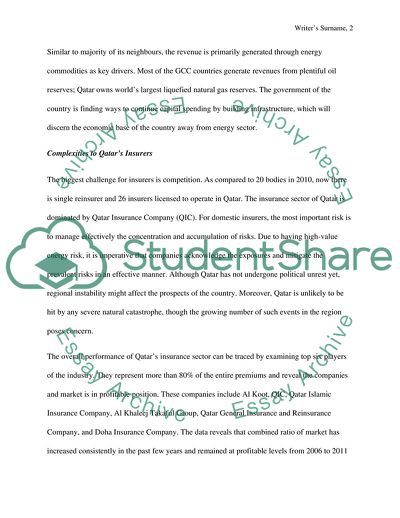Cite this document
(Qatar general insurance and reinsurance company financial analysis Term Paper, n.d.)
Qatar general insurance and reinsurance company financial analysis Term Paper. https://studentshare.org/finance-accounting/1828353-qatar-general-insurance-and-reinsurance-company-financial-analysis
Qatar general insurance and reinsurance company financial analysis Term Paper. https://studentshare.org/finance-accounting/1828353-qatar-general-insurance-and-reinsurance-company-financial-analysis
(Qatar General Insurance and Reinsurance Company Financial Analysis Term Paper)
Qatar General Insurance and Reinsurance Company Financial Analysis Term Paper. https://studentshare.org/finance-accounting/1828353-qatar-general-insurance-and-reinsurance-company-financial-analysis.
Qatar General Insurance and Reinsurance Company Financial Analysis Term Paper. https://studentshare.org/finance-accounting/1828353-qatar-general-insurance-and-reinsurance-company-financial-analysis.
“Qatar General Insurance and Reinsurance Company Financial Analysis Term Paper”. https://studentshare.org/finance-accounting/1828353-qatar-general-insurance-and-reinsurance-company-financial-analysis.


